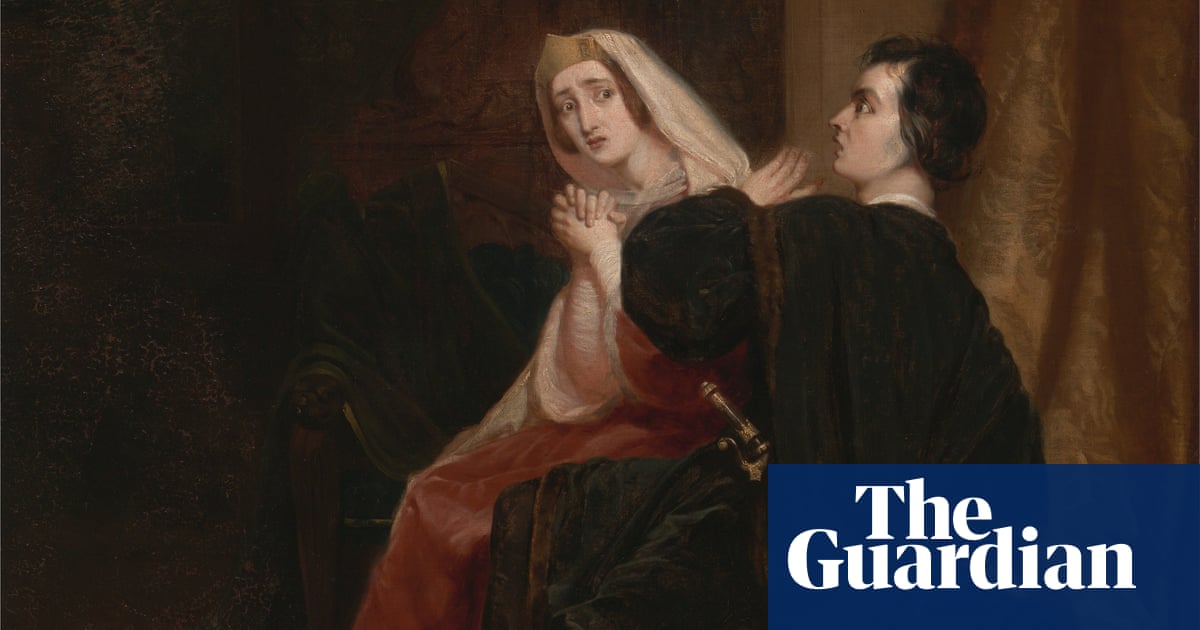“The beginning begins with the shoes. When a child I am never able to abide being barefoot and always beg for shoes, anybody’s shoes, even on the hottest days. My mother, a minha mãe, is angry at what she says are my prettify ways.”
This is how readers are introduced to Florens, an enslaved girl with tender feet in A Mercy, Toni Morrison’s ninth novel. How people dress – their bodies, their communities, their houses – mattered a great deal to Morrison, which is evident in the way she focused on how her characters presented themselves to others.
Florens’ dressing announces her bartered freedom before we learn about her ransomed life; Pilate, a protagonist in Song of Solomon, uses her home as a site of exile, and a place that holds room for both loved ones and strangers; the marigolds from The Bluest Eye are purposefully grown by the town’s children so they can dress over the pain of another child having her father’s baby; and Dorcas, the sensitive orphan in Jazz, employs self-conscious attempts at sophistication with a rouge dabbed on her lips and mis-arranged braids.
The dressing of the body, the home and the town was something the decorated American author made central on the page, because that was always the genesis, the message dictating how we would understand these worlds.
In the aesthetics of her character’s lives, Morrison posed questions about womanhood and confinement. Her women were often expected to be muted in their bodily expressions – to lessen their passions, their hunger, their envy and even their loss – making their clothing and homes the few possessions that could declare their wellbeing. Can you dress to show how fervently you want the life behind the style to be recognized?
When Sula – the key figure in Morrison’s second novel – returns to her hometown, the Bottom, her clothing shifts the stagnant temperament, startling most of the inhabitants who haven’t seen her in almost a decade. Described as having “an otherwise plain face” only animated by “excitement”, Sula displays the lessons of years spent away through her traveling outfit: “A black crepe dress splashed with pink and yellow zinnias, foxtails, a black felt hat with the veil of a net lowered over one eye.”
If time is as malleable as Morrison believed it to be, it’s likely that in the 1930s, this girl from the Bottom would have admired the tailoring of the Harlem-based designer Ann Lowe, who captivated New York society for more than 30 years, or stop for a while to run her hands over the light fabrics of a dress from the current-day brand House of Aama.
Along with her veil, Sula wears “a black purse with a beaded clasp”, held in her right hand, “and in her left a red leather traveling case”. This is her re-entry to the town where every 3 January is National Suicide Day, and her neighbors are more comfortable hosting death than new beginnings. In a place where the only people who are allowed an easy leaving and soft homecoming are men, Sula draws out the joy she finds in dressing to please herself.
While looking in a mirror trying to see whether she’s attractive, Sula ties “a green ribbon in her hair, an act that is child-like in its attentiveness”. Her face is most notable for the birthmark shaped like “a stemmed rose” that seems to make her interesting more than it makes her beautiful. What she understands is that she’s only a girl, and it’s the dressing that transforms her into something capable of haunting and innately seductive.
Of Morrison’s women who’ve returned to their childhood homes changed, Christine from Love is the one who faces her family and old friends as a much lesser person than she wants to be. After being put out by a married lover, she hates him because he replaces her with a younger mistress and, most bitterly, because he didn’t let her pack up the clothing that would have made the romantic rupture a worthwhile something, a collapse with a bottom. “Her furs, suede coat, leather pants, linen suits, the Saint Laurent shoes” are some of the lost gifts she details.
Christine had dressed in a manner disguising any discomfort imposed by being a mistress. Although she wasn’t a fixture in the man’s home, at least she could put herself together and be recognized as someone capable of making a person reckless enough to loosen his vows. The clothes turned deception into a ritual.
“In 1983, I started thinking about the ways in which women love things,” Morrison said in a 2003 interview, right before the publication of Love. “The women are in historical situations in which the act of love is compromised or impossible, or requires some Herculean or heroic activity.” Christine and Sula find a shaky equilibrium in the things they adore. Their dressing is an initiation into a world of choice and also a negotiation with liberty.
How much can be taken from the world without risking the body living through it? I thought about that question often as I wrote my first novel, which also marked my first time paying attention to how personal idiosyncrasies around dressing can appear on the pages. As I got to know my characters, I paid attention when they talked about the materials in their dressers, the lengths of their skirts, the tightness of their shirts and the colors of the unnoticeable garments.
Presentation had a place in their realities; it was vital. This act of putting yourself together to shape perception helped me see the lives in my book clearly, and enlivened Morrison’s distinctive ability to make fashion an unconscious confession. Because real nakedness comes from the explicit ways our clothing tells on us, tethering identities to a left-behind suede coat, a lipstick color, a green ribbon.
In Tar Baby and God Help the Child, readers meet characters whose engagement with style is effervescent and lucid, showing Morrison’s fascination with the alignment that can be found when reaching for the perfect fit. These works have a voracious dialogue with the sentiment “if you look good, you feel good”. Jadine, of Tar Baby, is a model who, in one revealing scene, dries herself with an extravagant sealskin fur. What does it mean for her to wear such a coat on the fictional Isle de Chevaliers, perched somewhere in the Caribbean, where the heat is astounding? This coat is useless, even for sporadic wear, yet it distinguishes her from the islanders who don’t have the money for such a piece, or the time to indulge in such overstated elegance. Jadine finds the time to dress up.
Bride from God Help the Child wears only white, and it becomes her signature as well as a reliable signifier of cultivated taste. “At first it was boring shopping for white only clothes,” Bride says, “until I learned how many shades of white there were: ivory, oyster, alabaster, paper white, snow, cream, ecru, champagne, ghost, bone.” She turned to the various shades of a color that could best highlight her skin, which her mother had derisively labeled as “Midnight black”. How unfortunate for a mother coveting an accepted American beauty standard. How clarifying for a daughter who learns to dress with curiosity.
Shortly after the release of Tar Baby, in a 1981 Vogue interview, Morrison is described as “a woman who wears clothes defiantly. Her torso seems to want to struggle out of them.” It’s an odd phrasing that says nothing about the Ohio native’s personal style, and more about the interviewer who saw dissension in something that could have been a button-down shirt, a dress, a blazer, a jumpsuit. Morrison would have told us those facts because the choices mattered.
I’ve often wondered why Morrison’s almost giddy love for clothes and their capacity to form a person or cleave a relationship didn’t elicit inquiries regarding how she liked to dress when teaching undergrads, when writing at daybreak, as was her habit, when hunting raccoons or when commuting into Manhattan from Queens when she worked as an editor. Did she ever need to carry extra shirts or sweaters in case she had several meetings in one day? Which fabrics carried well? How did she decide on the shoes that would last from morning into the evenings?
In 1993, Morrison won the Nobel prize for literature, and my favorite thing from that event, aside from her shoulder-grazing chandelier earrings, is her startlingly pink satin scarf. Those seem to be her only accessories to the all-black outfit. The look reminds me of a line from God Help the Child, when Bride questions whether she should add more drama to her all-white looks. “Pearl dot earrings, maybe,” comes the answer from a friend. Then immediately after, a more emphatic response: “No, not even that. Just you, girl.” It’s what I imagine Morrison telling herself as she looked at her outfit for that Nobel night. It’s what I hear her telling the women who dressed themselves and their homes inside her books. The chosen clothes, set tables and selected bags – it was all meant to please one person: “Just you, girl.”










